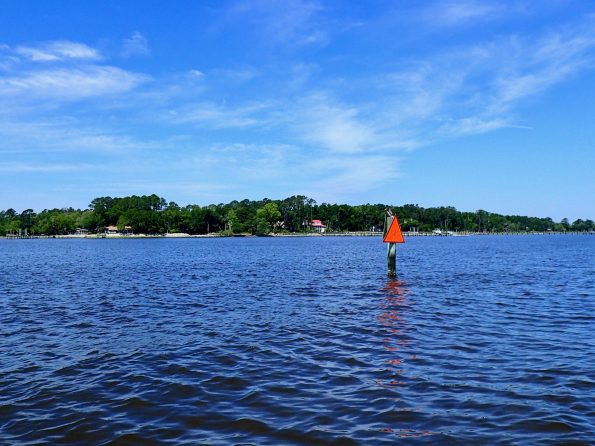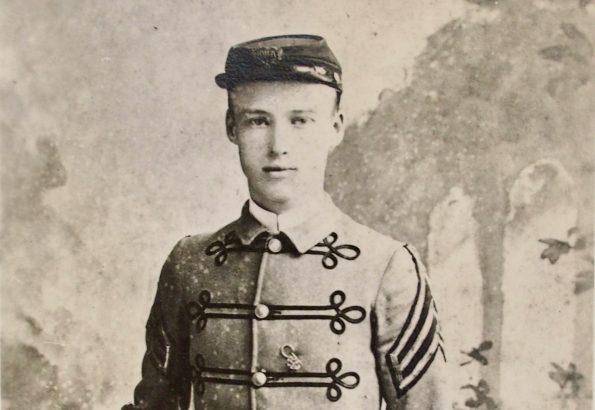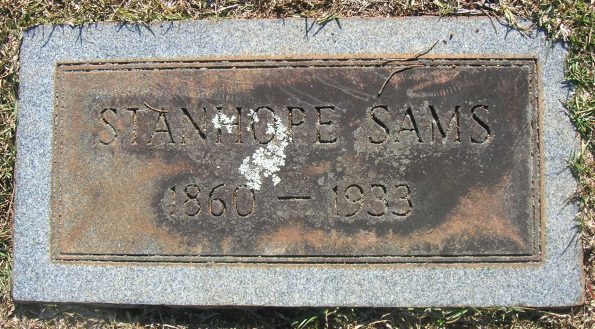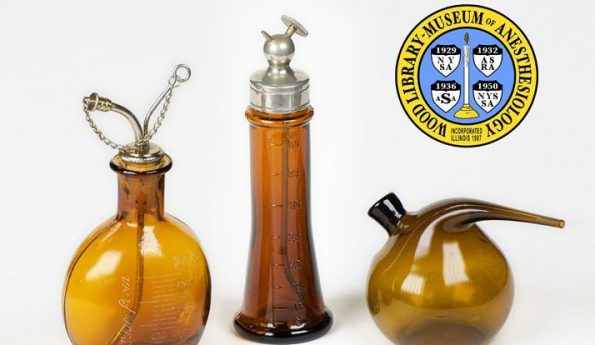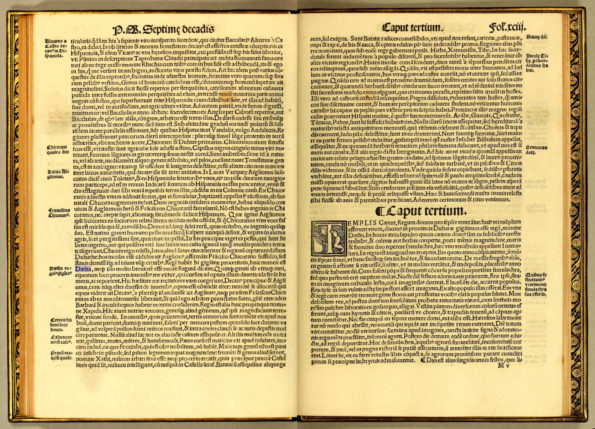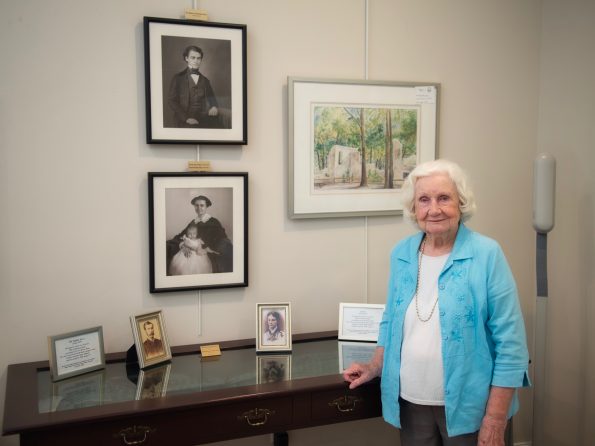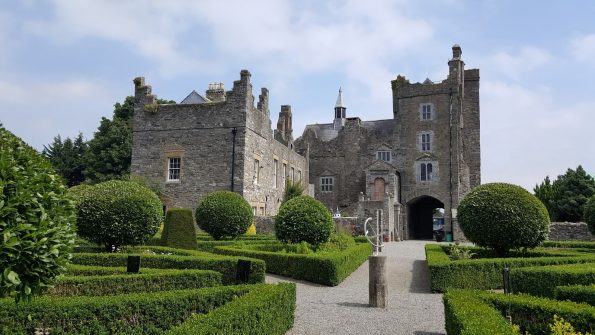For 2020, I’ll Be Writing A Series Of Short Articles About 52 Members Of The Sams Family; 52 Sams In 52 Weeks.
These articles will be announced each week via email to DatawNet, and the articles themselves will be posted on our redesigned website every Tuesday morning. I was inspired by professional genealogist Amy Johnson Crow and her “52 ancestors in 52 weeks” project. She has suggested inspirations for picking an ancestor to write about, and I’ll loosely follow some of these.

For centuries the ultimate enabler of an individual’s wealth was land ownership. This was certainly true in the Lowcountry, as rice, lumber, indigo, cattle, and cotton crops created tensions over land. One of the early and successful indigo plantation owners on a sea island was Robert Sams (~1706 – 1760), father of “our” William Sams (1741 – 1798). Robert was a planter up on Wadmalaw Island. As the American Revolution took a toll on the sale of indigo dye cakes to the British, a new sea island-compatible crop was arriving. Sea island cotton’s exceptional quality and world events in France and England drove Europe’s demand. It was first grown commercially on Hilton Head in 1795, and by 1810 nearly all the suitable cotton land in our area was spoken for. This brings us on a fast trip to the Datha Island plantation brothers, Lewis Reeve Sams (1784 – 1856) and Berners Barnwell Sams (1787 – 1855). They inherited Datha Island from their father and mother once they came of age, in 1805 and 1808, respectively. LR Sams had Datha Point plantation on the north, and BB Sams had Datha Inlet plantation on the south.
As Dr. Rowland tells us in his first volume of The History of Beaufort County, South Carolina (1514 – 1861) by 1850:
“Dr. Berners Barnwell Sams had 2,097 acres and 174 enslaved people on Datha and Lady’s Island…His brother Lewis Reeve Sams had 1,467 acres and 166 enslaved people on adjoining property…”
It wasn’t Datha alone that afforded the brothers, and their children, the luxury of elegant homes in Beaufort. It was the totality of their holdings.
Sometimes luck is due to your hard work. Other times it comes from factors that cannot be explained or are beyond your control. Wars have a way of stringing together events that leave in their wake both the fortunate and unfortunate. This week I identify four Sams who died on the eve of, or during, the Civil War. They range in age from 16 to 36. There were many more Sams who served and came home to live another day. These four did not.
This week in my 52 Sams in 52 Weeks series the theme is TRAVEL. Several weeks ago, I happened to bump into a Sams that had moved to Japan. So I penciled him into Week 20 – TRAVEL, suspecting he might be an exciting story. Miles Stanhope Sams (1860 – 1933) was the grandson of Lewis Reeve Sams and his first wife, Sarah Fripp.
Women’s History Month was ‘born’ in 1987, though its roots go back to 1911. So many Sams women, and we don’t know enough about them. It seems reasonable to assume they all were strong to survive the circumstances of their southern antebellum era. For most women, their role in the family in the 19th century was still defined by the husband [Hussung, 2015.]
Here are four particular women who persevered, even excelled, despite the challenges they encountered back then: Elizabeth Fripp Sams, Sarah Stanyarne Sams Sams, Ma Lilly, and Kate Gleason.
For the Sams of Datha Island (19th century name), there is a particular source of their prosperity; Sea Island cotton.
Recently, tour requests have begun to pick up. So I thought it would be a good time to introduce you to the winter home of Dr. BB Sams (1787-1855) and his family. Their tripartite house is one of several tabby structures in the Sams Plantation Complex Tabby Ruins, accepted on the National Register of Historic Places on March 4, 2011. In the antebellum period, and the sea islands of Beaufort in particular, nearly all planters had a summer home and winter home. The summer home is where they lived in the hot months to get away from their plantation(s) and the diseases associated with heat, humidity, and bugs. In summer, they went to their homes in Beaufort or St Helenaville. Summer was also the prime time of the year for socializing and for children to be tutored. In winter, the planters lived in their plantation homes. So the ruins you see today on Dataw Island are of Dr. BB Sams winter home and yard.
In my recent post on Sarah J Sams, you saw restored photographs of her and her husband, Dr. R Randolph Sams. Large reprints are hanging in the Dataw Island History & Learning Center through the generosity of Teresa (Winters) Bridges. Sarah’s original image (i.e., ambrotype) holding their daughter Phoebe was taken in about 1858 when Sarah was in her early 20s. Randolph’s image (i.e., daguerreotype) shows a handsome young man upon graduation from college in 1849, also in his early 20s. What’s most interesting about Dr. R. Randolph Sams is his role in the earliest days of modern dentistry.
In response to an article about Northern Datha Island, a resident who has lived here thirty years (!) commented, “I have always questioned why ALCOA did not call the Island by its real name: Datha?”
Researching this question took me on a fascinating journey from a Muskogean Indian Chief to the King of Spain to the U.S. Board on Geographic Names. In the end, I can provide this answer; Dataw Island is the name of our development on a sea island in South Carolina called Datha Island.
What’s left for this journey is to explain why our sea island is called Datha Island and why our development is called Dataw Island.
You are looking at the faces of a family deeply affected by the Civil War and looking for a brighter future. This photo is dated 16th October 1866. On the back are the words, ‘Picture taken just as family was leaving S.C. for Galveston, Texas.’ Dr. Lewis Reeve Sams, Jr. (1810 – 1888) took his family ”so far away” from Beaufort, SC.
The people in this single image above span 184 years of Sams descendants; from today back to the working plantation days when B.B. Sams was growing Sea Island cotton here on Dataw Island.
Dr. Berners Barnwell Sams, M.D. (1787 – 1855) – BB Sams is named after his Great Grandmother Elizabeth Anne (Berners) Barnwell and his Grandmother Bridgett (Barnwell) Sams, according to Sams’ family descendants. Berners Barnwell Sams was the son of William Sams (1741-1798) and Elizabeth (Hext) Sams (1746-1813). He inherited one-third of his father’s Dataw Island plantation in 1808 when he came of age. We know a fair amount about Dr. BB Sams. However, today we have a much more colorful understanding of the man. In 2019 we were given a copy of an unpublished family history penned in the early 1900s by Conway Whittle Sams (grandson of BB Sams). This unpublished work contains a first-person description of Dr. BB Sams provided by his daughter, Elizabeth Exima Sams in 1905.
Barnwell was born in Dublin, Ireland, the son of Alderman Matthew Barnwell and Margaret Carberry. Matthew Barnwell was killed in the Siege of Derry in 1690 as a captain in James II’s Irish Army, which attempted to restore the last Stuart king to the English throne. The family seat, Archerstown in County Meath, was forfeited as a consequence of these events. John eventually took flight for North America in 1701. (Rowland) He became a colonist in the territory then called Charles Towne in the colony of Carolina. His timing coincided with the emergence of the rice culture and the associated prosperity.


